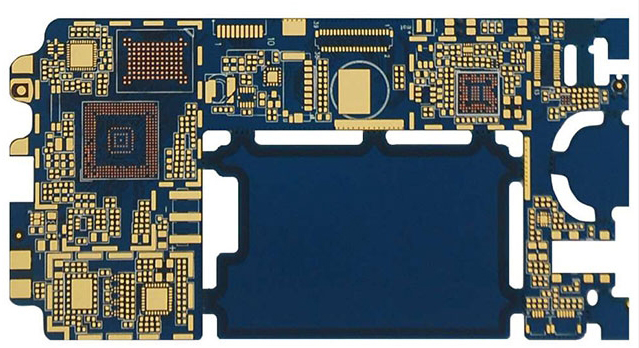Do you know that there are several commonly used PCB plugging methods?
PCB plug holes are generally after the solder mask layer, and then a second layer of ink is used to fill the heat dissipation holes with a diameter of 0.55mm or less. Today, the editor of PCBc factory will introduce to you several commonly used PCB plugging methods in this article.
There are several ways to plug the PCB
First of all, we must first understand the PCB plug hole requirements:
1. There is copper in the via hole, and the solder mask can be plugged or not plugged;
2. There must be tin and lead in the via hole, with a certain thickness requirement (4 microns), and no solder mask ink should enter the hole, causing tin beads to be hidden in the hole;
3. The through holes must have solder mask ink plug holes, opaque, no tin rings, tin beads, and flatness requirements.

Commonly used PCB plug hole methods:
1. Ink plug hole: use ink blocking net to complete the via plug hole required by the customer.
2. Aluminum sheet plug hole: Drill out the aluminum sheet of the fortress hole and make a mesh plate to plug the hole.
3. Resin plug hole: plug the hole with resin.
Resin plug holes are mainly used in several situations:
1. For the via plugs on the multi-layer PCB board BGA, resin plugs can be used to reduce the hole-to-hole spacing and solve the problem of wires and wiring.
2. For the buried hole of the inner HDI, the resin plug hole can balance the contradiction between the thickness control of the dielectric layer and the design of the inner HDI buried hole filling glue.
3. The use of resin plug holes for through holes with large board thickness can improve the reliability of the product.
What are the functions of PCB plug holes?
1. Prevent the tin from penetrating the component surface from the via hole to cause a short circuit when the PCB is subjected to wave soldering;
2. Prevent possible short circuits caused by fine-pitch devices (such as BGA). This is also the reason for the via fortress hole under the BGA in the PCB design process.
3. Avoid residual flux in the vias;
4. After the surface mounting of the electronics factory and the assembly of the components are completed, the PCB must be vacuumed on the testing machine to form a negative pressure before it is completed;
5. Prevent surface solder paste from flowing into the hole to cause false soldering and affect placement;
6. The plug hole will help the SMT process to a certain extent.
The above is an introduction to "there are several ways to plug holes in PCB", I hope it will be helpful to you.
iPCB is a high-tech manufacturing enterprise focusing on the development and production of high-precision PCBs. iPCB is happy to be your business partner. Our business goal is to become the most professional prototyping PCB manufacturer in the world. Mainly focus on microwave high frequency PCB, high frequency mixed pressure, ultra-high multi-layer IC testing, from 1+ to 6+ HDI, Anylayer HDI, IC Substrate, IC test board, rigid flexible PCB, ordinary multi-layer FR4 PCB, etc. Products are widely used in industry 4.0, communications, industrial control, digital, power, computers, automobiles, medical, aerospace, instrumentation, Internet of Things and other fields.